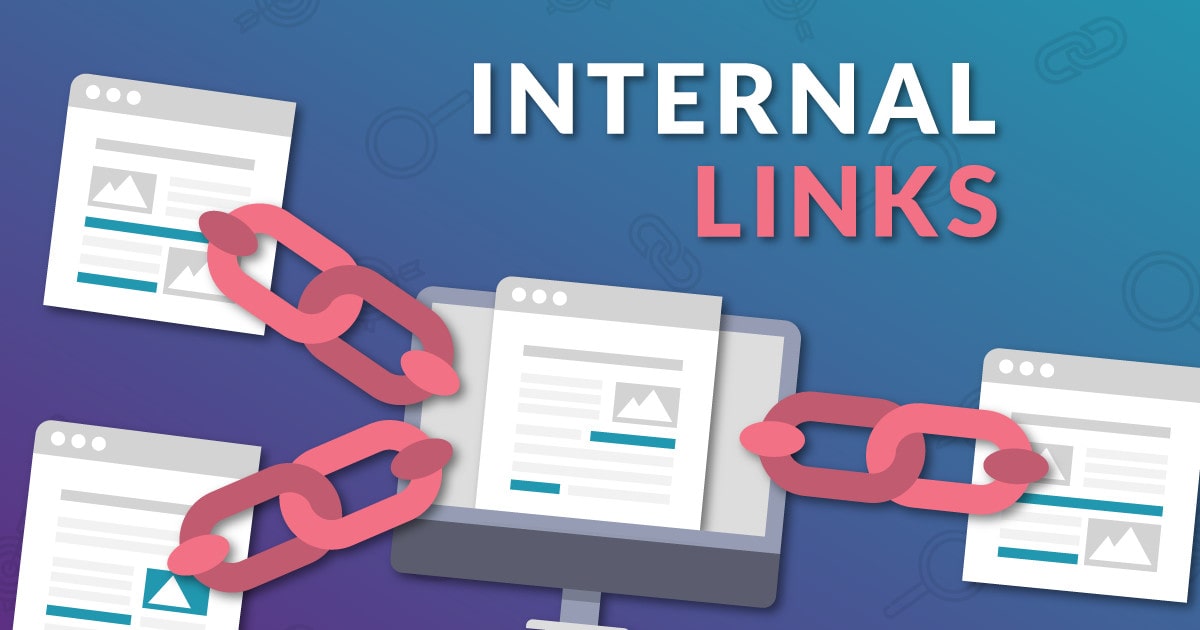
Internal linking is also called hyperlinks, which link one page to another with the same domain authority. It works differently than the external links, which relates to the other pages or domains. Internal linking connects to the one page of the website on the same domain and targets the same website’s different pages. In an internal linking, the source domain and the target domain are the same.
There are multiple types of internal links. Additionally, you can link to your home page, menu post feed. The links you can add to your content are also called contextual links. The contextual links point out for the users interesting and informative content. It also allows the search engines to find out the related content and determine its value.
Why Is Internal Link Building Important?
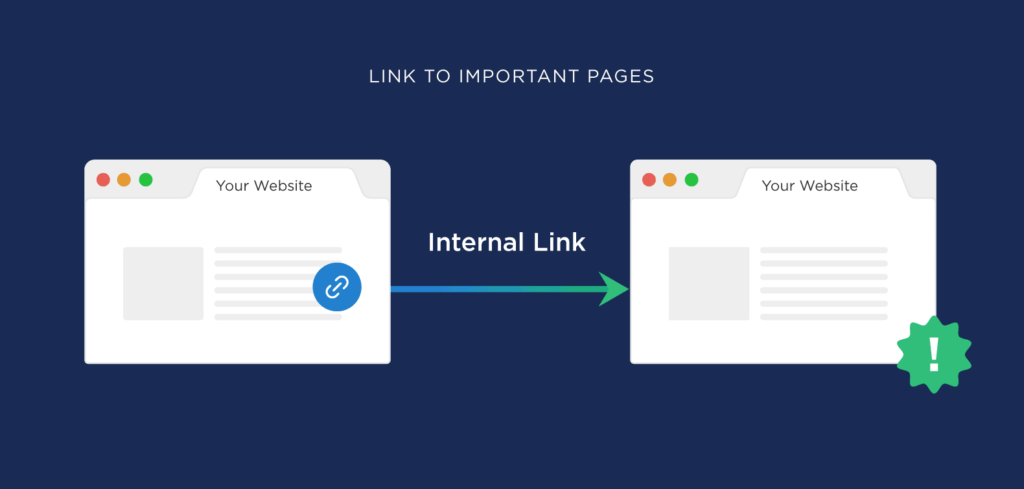
Internal linking is very important. It helps Google find, index, and understand all the pages on the website. If you use internal links strategically, the internal link sends the users and Google to the page for the authority. It also helps to rank the page and look over to the important pages.
Internal linking is the key factor for any website that wants a higher ranking in google.
The Purpose of internal linking?
The internal linking consists of three main purposes:
- First, it aids the website to use for navigation.
- Second, internal linking helps to establish the information hierarchy for the given website.
- Third, it helps spread the link equity (improving the ranking power) around the other website.
If a page or a post gets a lot of links, this is the signal to Google. So the blog/article is important and of high value. It is recognized as an internal and external link. Internal link building is like you can control as a Site owner. By using the right internal links, you can guide the users and google for the most important links.
1. Internal linking for SEO
Internal links are jumps from one page to another on the same domain. For example, the internal link for SEO is used for website navigation. These types of links are used for reasons:
- Internal linking allows the users to navigate a website.
- It helps to maintain an information hierarchy for the given website.
- It helps to spread link equity and improve ranking power around the websites.
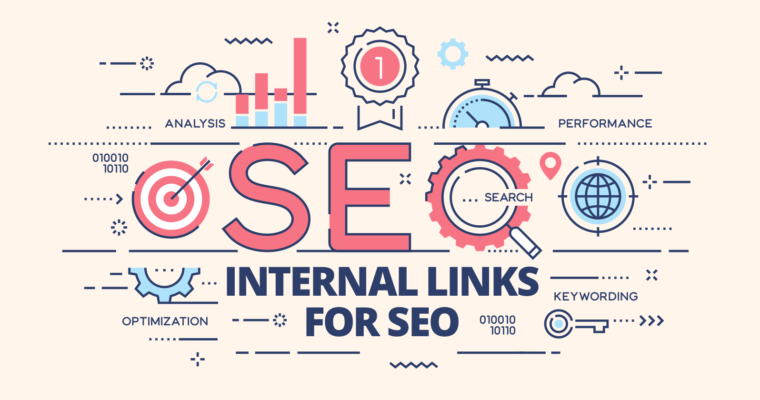
2. Structure of internal linking
You must know about the high potential pages with a low number to get a quick win. It explores the potential of generating new links; it aligns with the business goals.
3. Impact of the link structure
Link distribution can visualize crawl depth. So, for the internal Link example, you can see the count of inbound and outbound links per page. How many links you can interrelate to the pages.
4. Optimize Anchor text
It would be best if you found the pages that need updated anchor text. It provides better context to the users. The search engines will know about contextual links. the anchor tag is essentially a word that that is attached to the word or phrase.
5. Relevant keyword usage
Internal links produce extensive results; it follows the back data insight of an audit.
6. Built-in crawlers
The analysis reveals the link distribution and depth crawling all of the pages. It reports the bad or broken links. The internal linking build to the next level. The internal linking helps to boost a page. It shows the predicted value of the new links. It makes it possible to use internal linking to enhance the user search experience.
7. Identified the over-linked pages
The linking of the too many links look like spam. It informs the direct path to the users. It helps to identify the users to exceed 1000 internal links whether you can apply links on keywords, text links, links on the related pages, image links and outgoing links.
8. Link of Relationship puts an impactful Site structure
You can apply the advanced filters on the page URL and the page status. It gives leverage to the full link. It also shows the opportunities for the internal linking ye and the content marketing. The potential SEO puts the impact of adding new links.
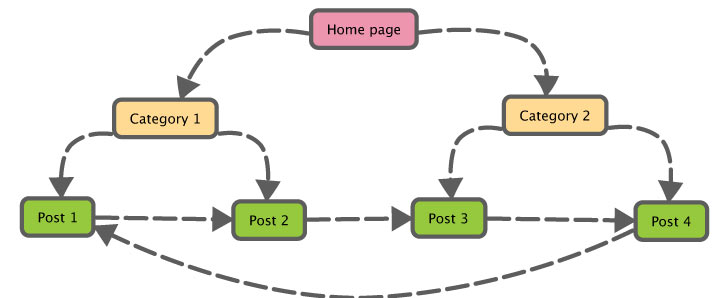
9. Find the broken and No-follow links
It would help if you found the broken internal linking. It would be best if you corrected it. It changes appropriate no-follow links. It tracks to change to prevent this hurt the SEO performance.
10. Build Internal Links to improve the user experience
Internal linking increases the user engagement and metrics time-on-page. It decreases the metrics such as bounce rate. When we offer the appropriate internal linking. The users expect to see along with with the buyer.

11. Optimize crawl Bot
It would be best if you prioritized the most important pages. You must build an internal link structure that ensures the users and bots. The Google bots must know the others pages.
12. Maximize the potential of pages
You can optimise the anchor text, eliminate the broken internal links. The internal links must ensure relevancy. The relevancy confirms the page status code, enhance the user search experience. You can link the pages to one and another.
Benefits of Internal Linking

1. Internal links give you credibility
Links provide you with site credibility. They worked as a third-party indicator and gave more strength to the domain. The main purpose of Google offers the most relevant results. The main Purpose is authority.
The benefits of internal linking are the basis on a large number of quality links are directed to the website, the higher the credibility factor. Google works based on the links to your content because it will enhance the user experience. The Good links outweigh the bad links. The Google algorithms look upon to build more authority and value. Therefore, you must create trusted, diverse and relevant to generate better results.
2. Generate more Revenue opportunities and lead to more sales
Better metrics and more traffic provide more opportunities to generate revenue. The website will appear higher in the search results. It creates more potential customers. You will be able to make more selling to products and services. It will create a new avenue to generate more revenue.
3. Google uses links to rank your website
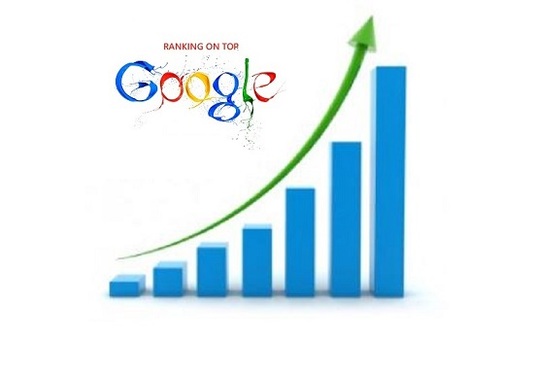
The uses of internal links provide the credibility of your website. It works as a third party indicator, and it gives strength to the domain authority. The main purpose of Google is to provide the most relevant and information to the user. Therefore, the main factor is authority. The higher authority of the links directly toward your website, the higher the credibility factor.
4. Lower Bounce Rates
Google defines bounce rates as “the session of single pages”. In other words, the number of people who visited one page of the site looking around the rest of the website. As a result, the internal linking increase the traffic of the website.
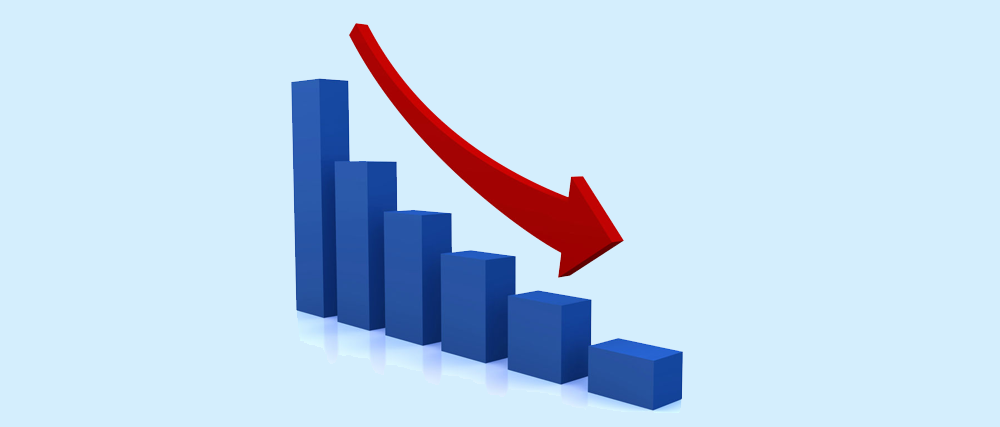
Conclusion:-
The link building is not just inbound links, but the internal linking too. It is the mixture that makes the backlinking more organic. The internal linking makes google easier to navigate your website, but it also makes it easy for Google to navigate your website for the users for content. It also makes it easier to find out the content on your website. So it will keep the people on your website for a long time and reduce the bounce rate.
Author
Asad Gill
Asad Gill is a serial entrepreneur who founded SEO Calling, a holdings company that owns: Provide top-rated SEO services, and product selling over 50 countries with #1 worldwide digital marketing consultancy firm. (Contact: [email protected]) (Skype: [email protected])





